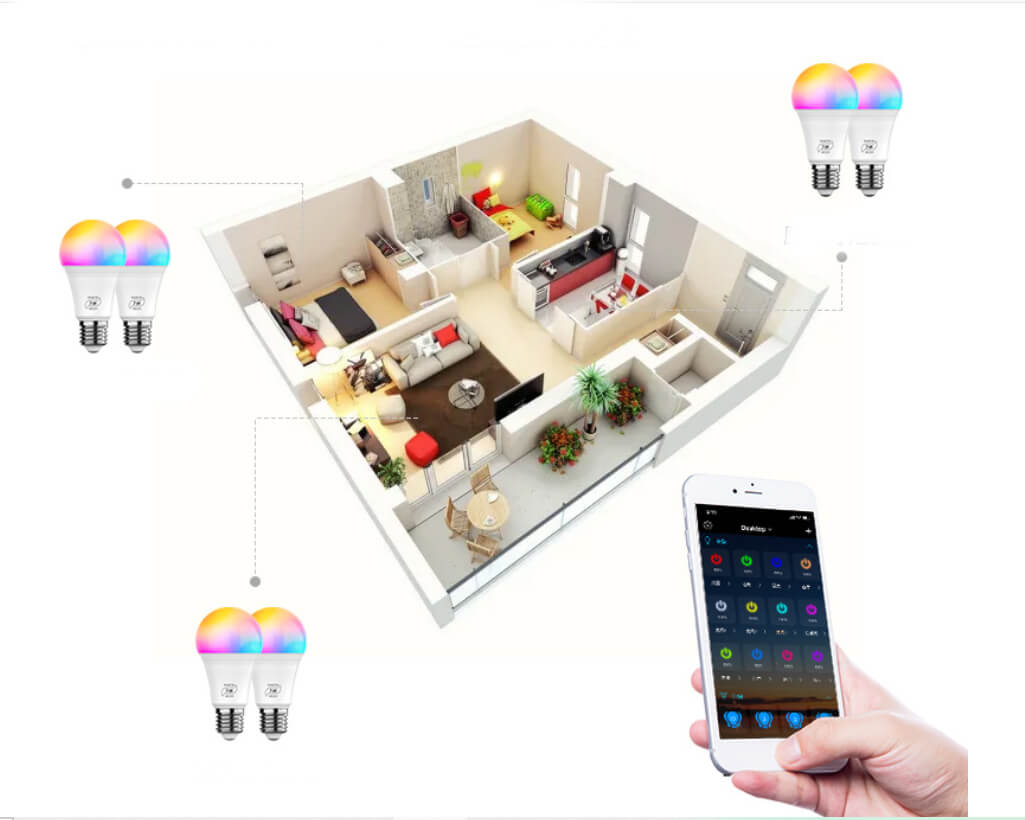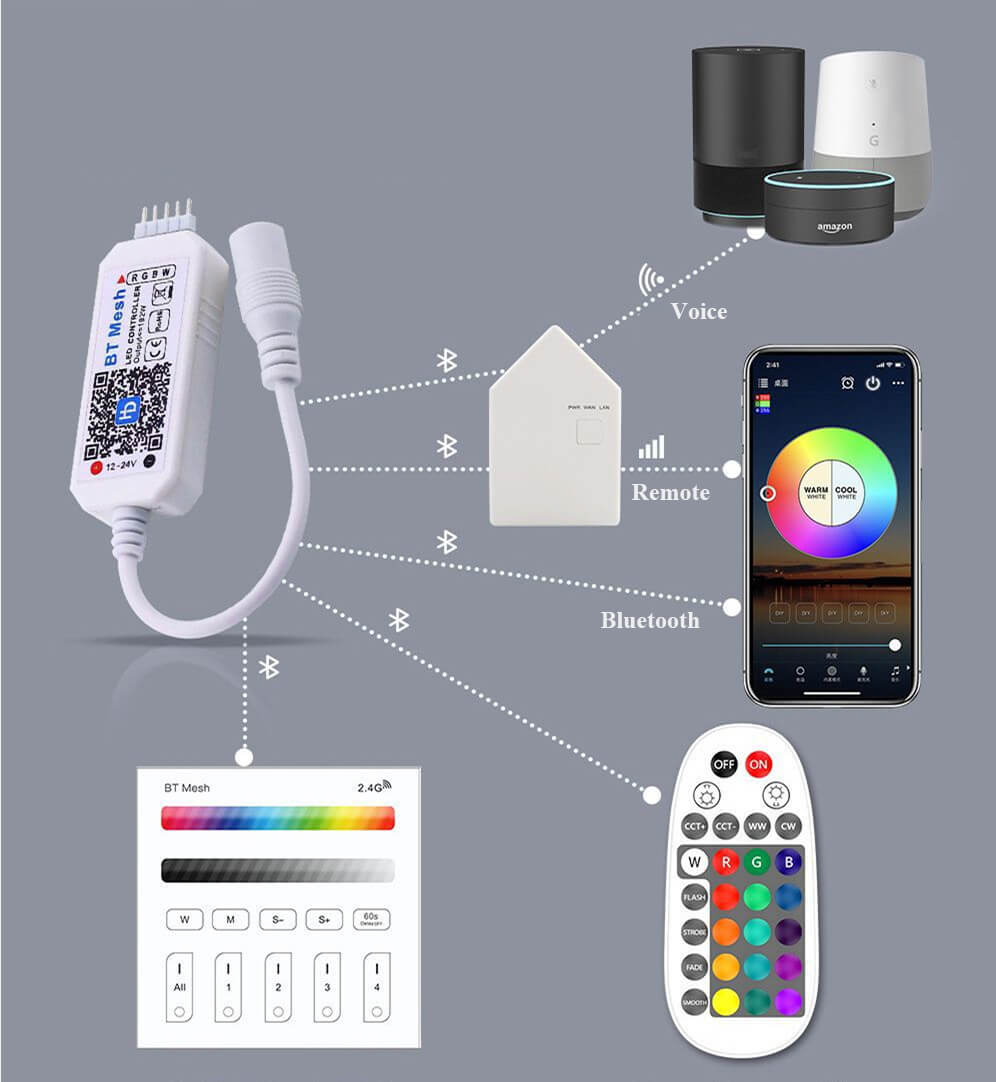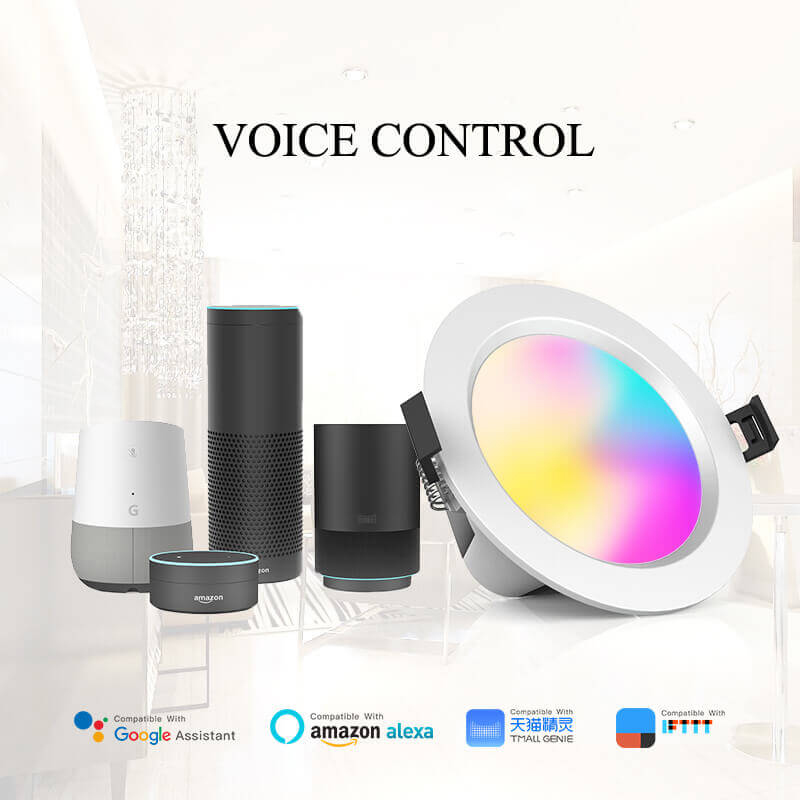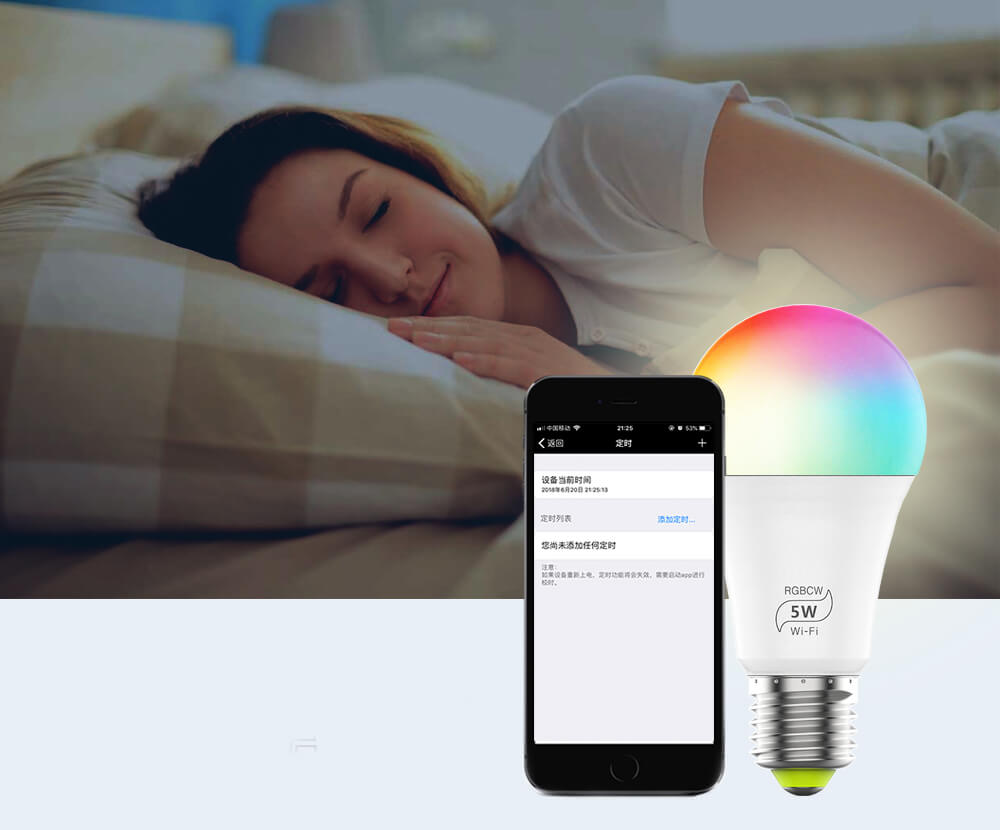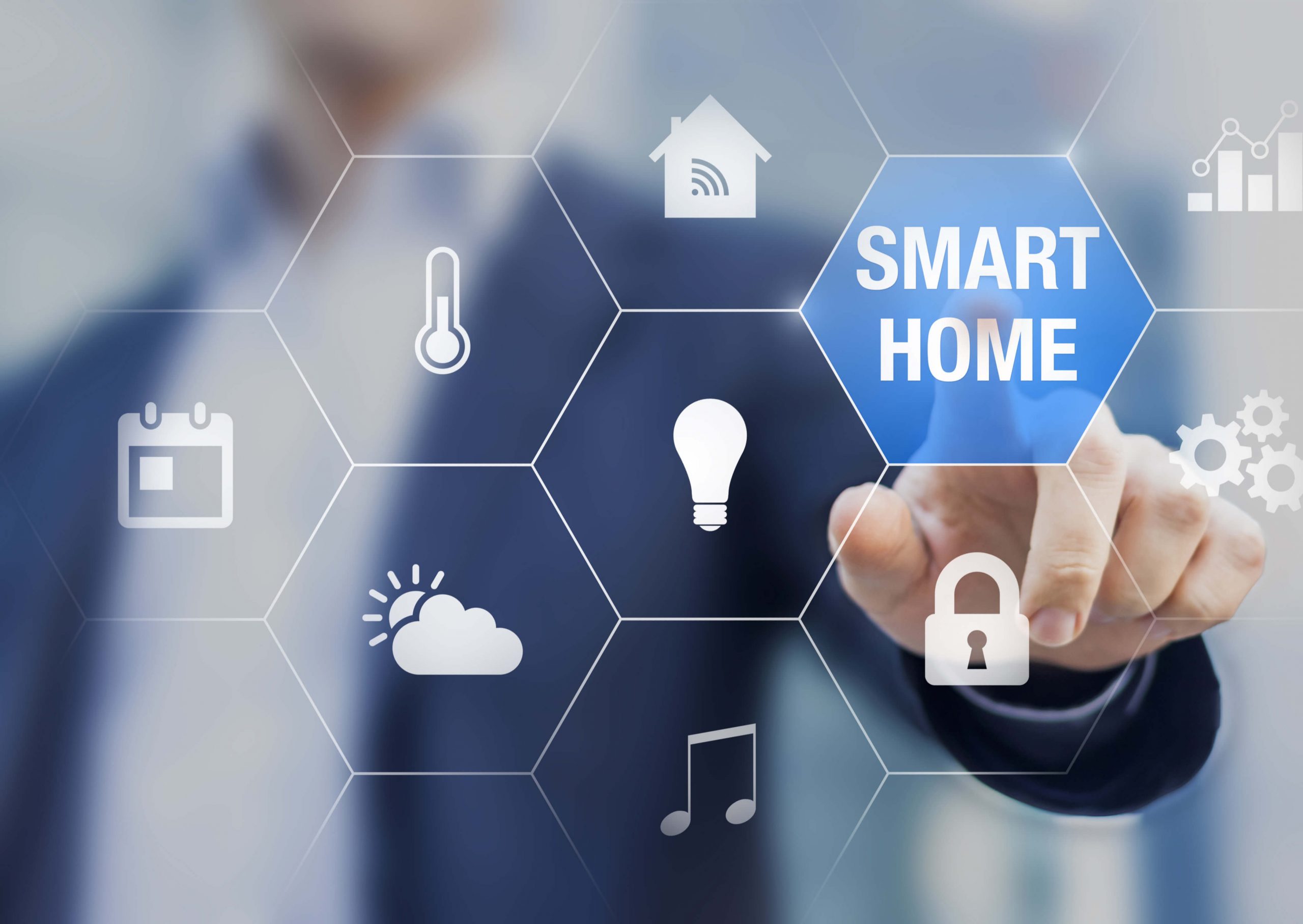Impact of the COVID-19, Whether it is life, work, study, we can not live without WiFi. WiFi is playing an irreplaceable role. More and more people work from home and more and more online courses. The COVID-19 has changed the world; WIFI allows everyone to stay at home, office, class, etc.
WiFi also plays a pivotal role in the smart home sector. With the development of 5G and technology progress, more and more manufacturers are transforming the cross-border IoT smart home industry. To achieve home intelligence, remote control, etc., you need to use WiFi modules. In this article, We will take a look at the role of WiFi in the smart home.

What is the WiFi module applied in the field of the smart home?
WiFi module belongs to the IoT transmission layer, built-in wireless network protocol IEEE802.11b.g.n protocol stack and TCP/IP protocol stack, can be converted from serial or TTL level to WiFi wireless network communication standard embedded module. WiFi module can be divided into general WiFi module, router solution WiFi module and embedded module three. Many traditional devices that can be networked are embedded modules that have an intelligent role.
WiFi modules are electronic components, but the price is very competitive. Simply embed WiFi modules in traditional devices, a second to transform into a smart home, to achieve device networking and remote control.
Compared to Zigbee modules, WiFi modules have a low R&D threshold. Therefore, from the perspective of manufacturers’ R&D and cost, smart devices embedded with WIFI modules can be completed in a short time and put into the market.
How does WiFi work in smart home?
WiFi full name Wireless Fidelity, its biggest advantage is the high transmission speed, can reach 54Mbps, in addition, it has a long effective distance, its main characteristics are: fast, high reliability, in the open area, the communication distance of up to 305 meters; in the closed area, the communication distance of 76 meters to 122 meters, easy to integrate with the existing wired Ethernet network The advantages of WiFi technology, with a lower cost of networking, are.
One, the radio wave coverage is wide, and WiFi radius is up to 100 meters, the office since needless to say, is also available in the whole building.
Second, the transmission speed is very fast, up to 11mbps, which meets the needs of individuals and society.
The main advantage of WiFi is that it does not require wiring and can be used without the limitations of wiring conditions, so it is ideal for mobile office users and has a broad market prospect. It has already expanded from traditional healthcare, inventory control and management services to more industries and is even starting to enter the home and educational institutions.
How to transform traditional home products into smart home products?
WiFi modules have become the key to unlocking the path to intelligence for traditional manufacturers. For example, traditional sockets, refrigerators, light bulbs, etc., can be implanted in WiFi modules to achieve a certain degree of intelligence.
For example, smart light bulbs, WiFi LED controllers, smart LED floodlights, etc., are embedded WIFI modules. Using LED light APP , one-to-many control can be grouped control. 16 million kinds of color adjustment, built-in 20 kinds of dynamic mode, while supporting Amazon Alexa, Google Home voice control. Inject new functions into the traditional devices to provide us with a smarter life.
The WIFI smart light bulb does not need to be paired with a smart bridge and can be used after installation and connection to WIFI. Whether at home or in the office, you can remote control the light bulb in your home through your cell phone. You can set the smart light bulb color and time of turn on/off.
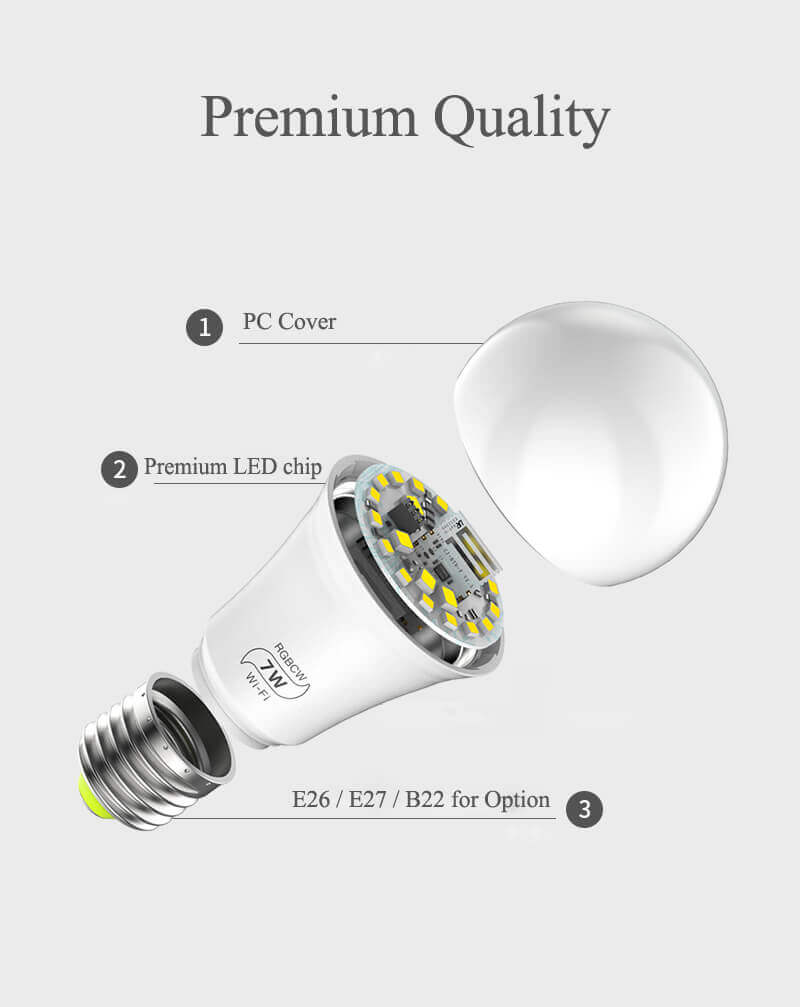
It is foreseeable that the future of smart homes will not be limited to remote control of home appliances, lighting, etc. Embedded intelligent terminals, wireless WIFI technology, and the widespread use of the Internet will undoubtedly make home control more automated, intelligent and humanized. They will certainly change the mode of the traditional smart home and push the smart home to a stage of rapid development.
You may also be interested in the below items
Related Blogs

